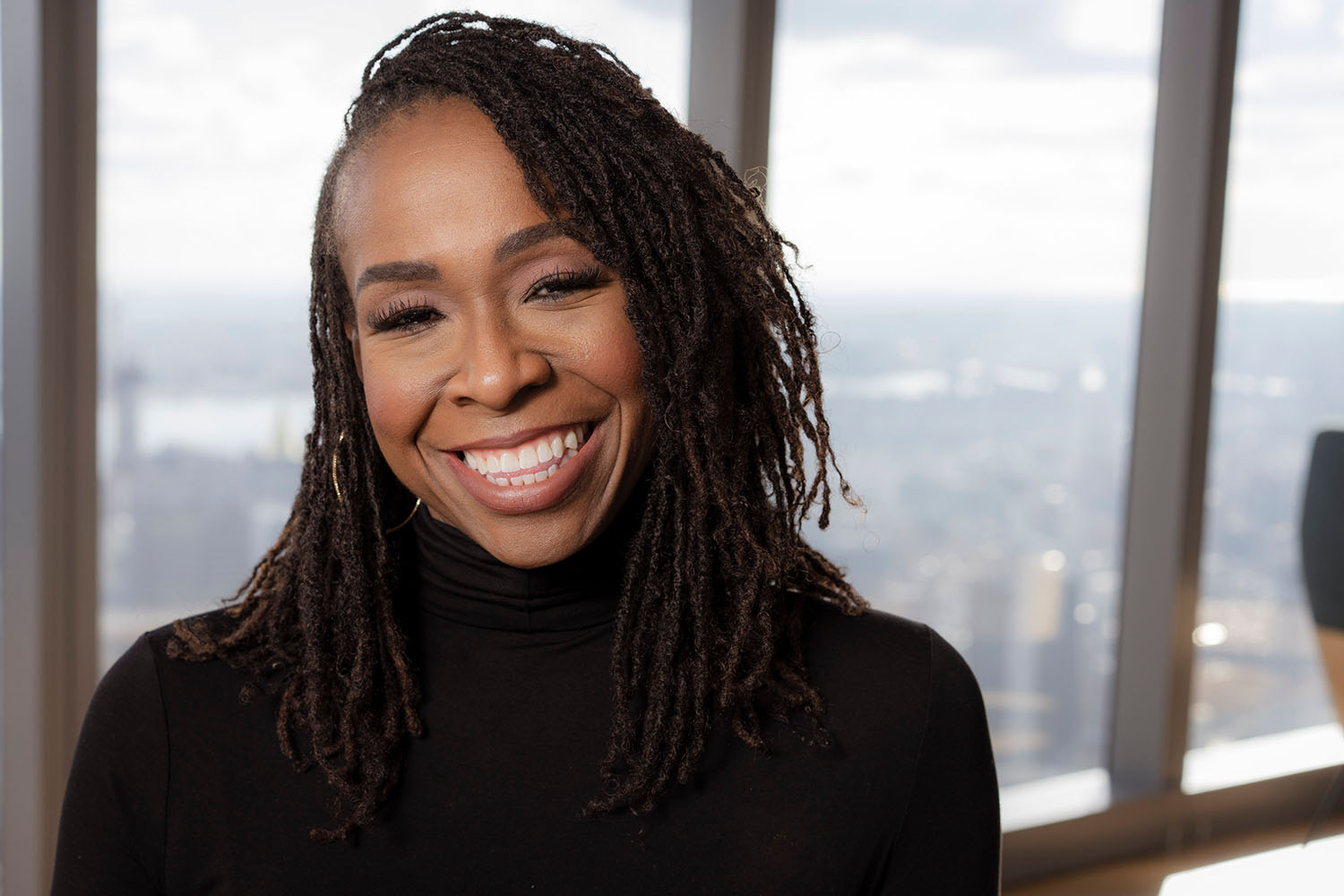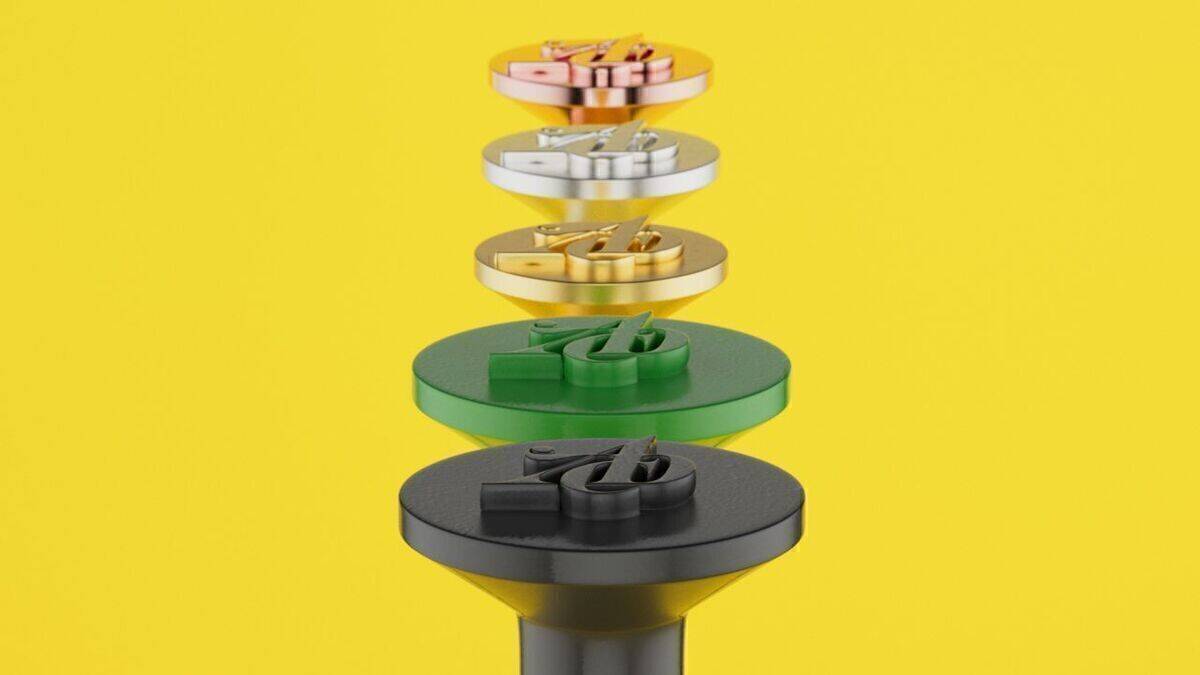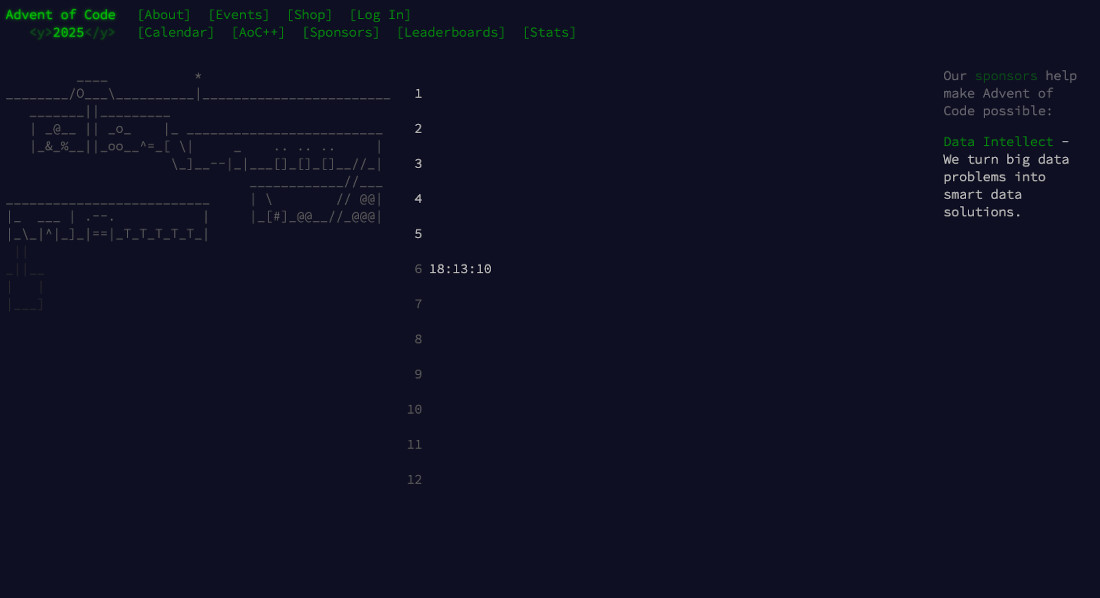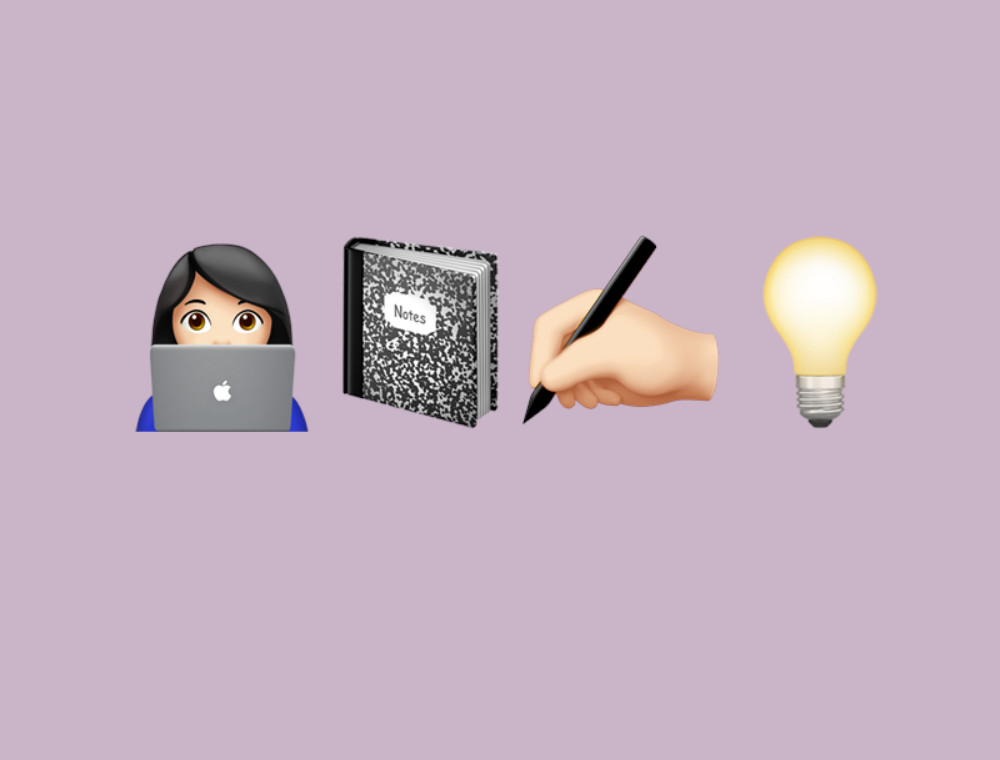Ndidiamaka Oteh, newly appointed CEO of Accenture Song, on AI, creativity, and the future of excellent design
 We met Ndidi Oteh on a busy Wednesday morning at Accenture Song’s location in the heart of Hamburg’s Speicherstadt. Germany is her first official stop as CEO of one of the most influential international creative groups. Previously, she managed Accenture Song Americas. Now she follows in David Droga’s footsteps while blazing her own path in the tech-oriented design scene at Accenture.
We met Ndidi Oteh on a busy Wednesday morning at Accenture Song’s location in the heart of Hamburg’s Speicherstadt. Germany is her first official stop as CEO of one of the most influential international creative groups. Previously, she managed Accenture Song Americas. Now she follows in David Droga’s footsteps while blazing her own path in the tech-oriented design scene at Accenture.
Ndidi studied Political Science at Washington University in St. Louis before she ventured into fashion, retail, and product development in St. Louis and New York. She has now been with Accenture for over 14 years and brings a deep appreciation for creative thinking – leading with a keen eye for design and a clear vision for Accenture’s identity and position in the industry. We talked about her first weeks as CEO, her love for creative friction, and her position on AI.
PAGE: You officially started in your new position this September. Previously, you managed Song Americas. What has changed in your new role?
Ndidi: There are many internal and external questions that everyone has. Everyone wants to know what I want to change, how I’m going to do things differently than David Droga. But to those questions I always say: I’m not changing Song’s strategy. Our strategy is to bring creativity and technology together to solve some of the most critical challenges we face today, but also to drive growth. That’s at the core of who we are, and that will continue.
But how we do this is going to evolve, because the technology and the pace at which we operate keeps evolving. However, our vision and intent remain the same, because we know who we really are, and it allows us all to pull in the same direction. To me, that’s as much a personal mantra as a business strategy.
I like to move fast and change things in the process, based on current knowledge. When we’re smarter, we act smarter. In my new role, everything is constantly happening at the same time. That’s not for everyone, but I also had the privilege of running the biggest market previously with Song Americas. Globally, it’s many of the same topics, but on a bigger scale.
Some people might find that overwhelming – you have to make many decisions at once and manage different pieces of information. You have to hold significant tension. In Song, that’s balancing creativity, industry expertise, and technology, plus the different cultures that exist within that. That excites me.
»I’m not changing Song’s strategy. Our strategy is to bring creativity and technology together to solve some of the most critical challenges we face today, but also to drive growth«
PAGE: You’re here for a talk at the NEXT conference, but also to meet your German teams.
Ndidi: Exactly! This is my first time in Hamburg, and I’m already in love. A few days ago, I was also in Munich and was able to connect with the team there. That’s where our Innovation Centre is, where we think about how to bring AI into practice. It’s been amazing, meeting everyone and seeing how our clients’ needs and our teams’ ideas come together.
I’m a firm believer that with creative teams and leadership, the many matter more than the one. We usually make a story more about the individual, but to me, a great leader is defined by the people and how you’re able to create the right culture and space for them to do what they do best.
I am, of course, biased. But I think Song has some of the best talent and some of the best creative, technical, and advisory people. So my goal is to ensure I’m creating spaces for them to understand our vision of where we’re headed and find their place within that.
You know, it’s really interesting, because sometimes people assume that creatives are just a bit messy and unstructured. But I find that creatives thrive when the vision is clear. When they know what they’re working towards and have boundaries to cross and expand. So my job is to make this vision and the possibilities of where we can go clear.
»I find that creatives thrive when the vision is clear. When they know what they’re working towards and have boundaries to cross and expand«
PAGE: And what does that vision look like?
Ndidi: For me, it’s really about finding out how I can amplify what we’re amazing at. The first thing is culture: We’re starting from a great place, and now I want to know how we can supercharge that. I want to understand what some of our barriers are that don’t allow us to be our greatest version, and find ways to solve that.
The second thing is experience. Whenever our clients want to figure out how to grow, I want them to think of us first. The reason for that is, I think creativity has always been about growth for me. It’s the catalyst for great development. So when our clients have seemingly unsolvable problems and new ideas, we’ll be there with imagination and technical expertise to find new ways.
In order to do that, we need to move beyond AI proficiency. We have to make sure we use the technology to create more possibilities. We have to be curious and very clear on our value within this new order, because clients nowadays have lots of options. Navigating tech becomes so much more complex – and that’s exactly where we come in. Song will be the trusted partner who supports clients through their whole value chain, from concept to actual experiences you create.
»We have to make sure we use the technology (AI) to create more possibilities«
PAGE: Is there high demand for any specific one of Song’s services?
Ndidi: There are currently three trends we’re seeing. The first one is: every CMO we talk to wants to be a centre of growth. Not a cost line; they need to be a growth driver. I believe that too often, these conversations get centred around reducing costs. But it’s not a conversation about less; it’s one about doing more. And reinventing marketing around that.
The second is that there’s a conversation specifically around customer service and its impact on sales. According to our research, over 70 per cent of individuals say that their customer experience drives whether they come back and buy again. So you can have an amazing product, but if you have a bad experience, that’s actually worth nothing. Clients are recognising the importance of their experiences and are coming to us to change them completely.
And then lastly, we’re starting to see the breakdown of silos across the customer agenda. They used to talk about separate marketing challenges, a commerce challenge, a sales challenge, and a customer service challenge. Now they’re recognising that all of these are intertwined. That’s why they come to us, because they need help on a different scale to unravel these connections.
»Every CMO we talk to wants to be a centre of growth. Not a cost line; they need to be a growth driver«
PAGE: And what about the creative industries? Is there anything that might be a little tricky to navigate because of the abundance of special characters in design and marketing?
Ndidi: I actually love it. I actually think there’s interest in friction, you know? I grew up in a really big family – I’m one of seven – and all of my siblings were very different. My parents would always keep an open house, and it was quite a lot of chaos – but good chaos.
You learn to love people who are different to you. I don’t need people to be who I am. I actually want them to be something different from who I am, because that’s how we’re able to create something amazing. So I see it as our greatest strength. The fact that the creative industries are pulling different people who think differently, who have different experiences, is what makes us really, really powerful.
PAGE: And that’s exactly the kind of strength you’re betting on in working closely with Nick Law as Song’s Global Creative Strategy and Experience Lead, yes?
Ndidi: Exactly. Nick and I have been working together for quite a while, and we have a love for similar brands and get excited about the same things. But I think we work great together because we have a similar understanding of what excellence looks like. Nick and I are really clear on this: nothing gets to the client if it’s not great.
But Nick is not just a creative and design leader; he’s also a systemic thinker. There’s this quote by Steve Jobs: “Design is not just what it looks like and feels like. Design is how it works.” And Nick is the person who helps us focus on how things work. I think that’s critical to our success, so I love being able to work right next to him.
»The fact that the creative industries are pulling different people who think differently, who have different experiences, is what makes us really, really powerful«
PAGE: So the term ‘excellence’ comes up a lot with you. What does excellent design look like to you? What makes it great?
Ndidi: For me, excellent design needs to hold these tensions because: is it great design simply because everyone says it’s great? I try to look at it through a few lenses. One is: is it helping improve the way something works? What does it do? What’s the actual value? What’s the impact it has? That matters.
There are also core things regarding measuring great design. These get defined by professional creatives who have been studying design. It’s never just about a feeling or preference. It’s about craft, and that craft comes through experience. There’s rigour around that, which I don’t think we talk about enough in the creative community.
We sometimes identify great creatives by how many awards they’ve won, rather than actually looking at the systems and tools they use to create something great. Really, really good design, I believe, in some ways should be almost evergreen. So Nick and I spend a lot of time talking specifically about what kind of design and also what kind of creatives we want to emerge from Song. We want to be the place where people learn excellence.
This is, by the way, one of the reasons why my first official visit to any Song location is Germany. Because Germany is and always has been a place that cares about excellent design. I believe that matters.
»It’s never just about a feeling or preference. It’s about craft, and that craft comes through experience«
PAGE: What is something you would look for in new talent starting out in our rapidly changing industry?
Ndidi: I have a few principles that won’t ever change, no matter what’s happening in the industry. The first is: people need to be curious and willing to learn. Your expertise is only as good as today. Nick, for example, is always learning; he’s always engaging with clients. He’s always playing with different tools. He has committed to being a constant learner, and that’s what I think, especially students who are about to enter the industry, have to be curious about.
The second thing for me is working across different disciplines. We can’t afford to think in silos any more. So if you’re not used to that, that’s going to be the biggest shift. What AI allows us to do is shorten our time on some of the mundane tasks and really focus on what matters most. Part of that is going to be about partnering with others who are different from you.
So we need to see different disciplines like engineers and designers coming together. If you don’t do that well, if you’re not able to work with others well, it makes it really difficult for you to be successful in this world today. Designers need to truly be integrators.
Finally, you have to be a person who’s willing to move with courage. I think that’s what it means to be a creative, because creativity has always been about courage – about being willing to mess up and try something again. Creatives are never satisfied. Always wanting to do something better, and so you have to have the courage to do that every single time. Because design won’t be great on your first try.
PAGE: That’s great, because none of those three things are dependent on AI, are they?
Ndidi: Yeah, so it’s really interesting because we do talk a lot about how AI is going to democratise components of capability, but I believe it doesn’t democratise imagination, originality, style, empathy, or courage. I think we spend so much time talking about what AI does, but we don’t spend enough time talking about what it doesn’t do, you know?
PAGE: At PAGE, we currently see AI as one of the biggest topics and dividers in the industry. Larger agencies are usually doing fine because they can adapt fairly quickly, but most smaller agencies and even individual people in the design world are afraid for their craft and jobs.
Ndidi: I would argue that in two to three years’ time we won’t be talking about these problems the same way. What’s currently happening is everyone’s going to have a level of “good” design – even non-professional creatives. But through this development, everything will start to look the same and will soon be recognised as mediocrity. But excellence will remain. But it will be even harder to reach. So in the end, it will all come down to human ingenuity again.
But we also need to be aware that there will be fundamental changes. Some of the things people used to spend time on will not be as relevant any more. So where it might take eight weeks to get a shift in art direction because someone manually had to do all of the iterations, it might now just take hours. So we need to be much more clear on how creatives are actually creating value, because there will be companies who believe using AI will be good enough.
»Everything will start to look the same and will soon be recognised as mediocrity. But excellence will remain«
PAGE: So it will probably become harder to convince companies to invest in design.
Ndidi: We’ve always had the problem that there’s a belief that you don’t really have to invest in design. But with AI making everything more the same, you will see great design shine again through products and experiences. Of course, that knowledge isn’t new.
There are brands that have proven this. Apple, for example, has historically won in the market with its iconic design and relentless focus on usability – proving that great design drives loyalty, differentiation, and growth. So companies who don’t want to be number one: go ahead. But the ones who want to really drive growth: you’re going to have to care about design.

 UX/UI & Webdesignvor 2 Monaten
UX/UI & Webdesignvor 2 Monaten
 Datenschutz & Sicherheitvor 3 Monaten
Datenschutz & Sicherheitvor 3 Monaten
 Künstliche Intelligenzvor 2 Monaten
Künstliche Intelligenzvor 2 Monaten
 UX/UI & Webdesignvor 3 Monaten
UX/UI & Webdesignvor 3 Monaten
 UX/UI & Webdesignvor 2 Monaten
UX/UI & Webdesignvor 2 Monaten
 Entwicklung & Codevor 3 Wochen
Entwicklung & Codevor 3 Wochen
 Social Mediavor 3 Monaten
Social Mediavor 3 Monaten
 We met Ndidi Oteh on a busy Wednesday morning at Accenture Song’s location in the heart of Hamburg’s Speicherstadt. Germany is her first official stop as CEO of one of the most influential international creative groups. Previously, she managed Accenture Song Americas. Now she follows in David Droga’s footsteps while blazing her own path in the tech-oriented design scene at Accenture.
We met Ndidi Oteh on a busy Wednesday morning at Accenture Song’s location in the heart of Hamburg’s Speicherstadt. Germany is her first official stop as CEO of one of the most influential international creative groups. Previously, she managed Accenture Song Americas. Now she follows in David Droga’s footsteps while blazing her own path in the tech-oriented design scene at Accenture.












 Rund 100 Kategorien weniger und dafür große Pläne hat der ADC für die Awards und das Festival im Juni 2026. Im Vordergrund: die wirtschaftliche Wirkung von kreativer Arbeit. Wir sprachen bei einer Pressekonferenz mit Vertreter:innen aus der gesamten Designmedienbranche und ADC-Präsidiumssprecher Burkhard Müller über die Neuerungen beim ADC.
Rund 100 Kategorien weniger und dafür große Pläne hat der ADC für die Awards und das Festival im Juni 2026. Im Vordergrund: die wirtschaftliche Wirkung von kreativer Arbeit. Wir sprachen bei einer Pressekonferenz mit Vertreter:innen aus der gesamten Designmedienbranche und ADC-Präsidiumssprecher Burkhard Müller über die Neuerungen beim ADC.



